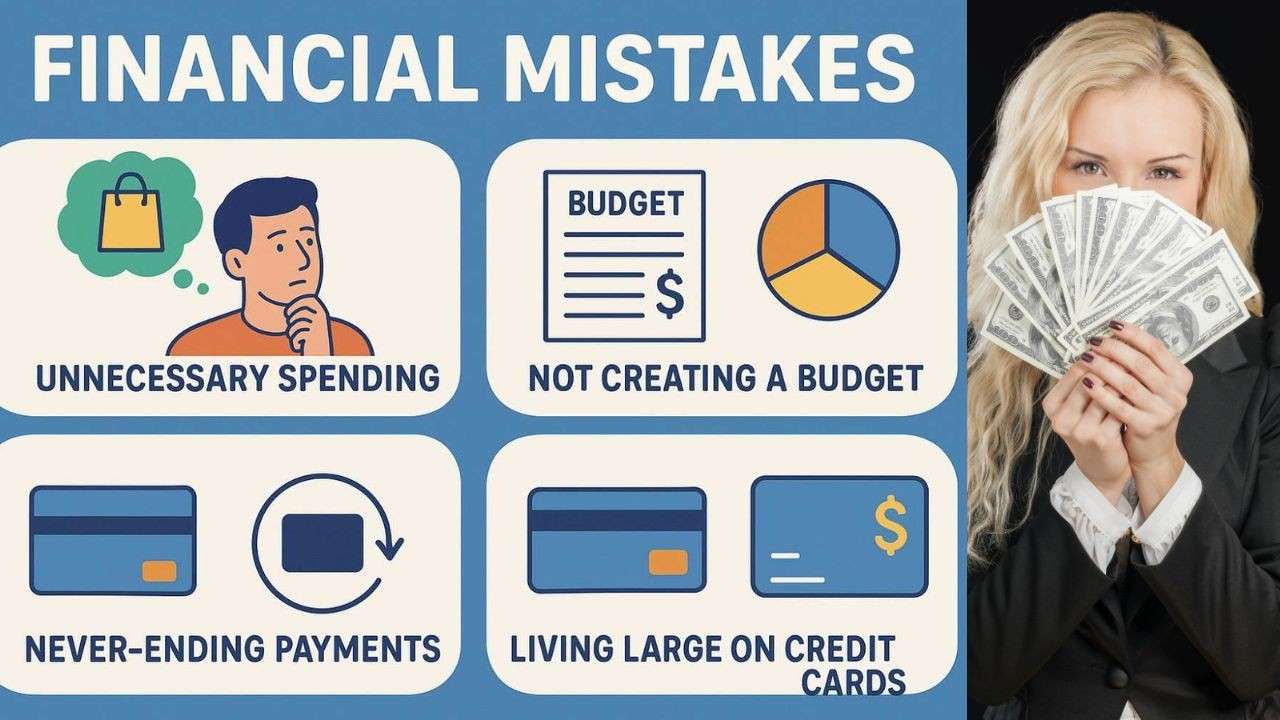Introduction to Google Ads or Meta Ads ROI in 2025
In the ever-evolving arena of digital marketing, one question dominates budget meetings and strategy sessions: where should we invest our advertising dollars for the best return? The perennial showdown between Google Ads and Meta Ads is more nuanced than ever in 2025.
Choosing a single winner is a mistake many marketers make. The truth is, the highest ROI doesn’t come from picking one platform over the other. It comes from truly understanding what each platform is best at and using them smartly to guide your customer from the very first moment they discover you. This article will cut through the confusion and analyze the performance, intent, and upcoming trends of both Google and Meta. By the end, you’ll have a clear plan to decide where to invest your budget for the maximum Google Ads or Meta Ads ROI this year.
Tired of guessing which ads are actually working? You shouldn’t have to. This guide cuts through all the usual talk about Google Ads vs Meta Ads with fresh numbers and real-world results. You’ll finally see which platform gives you a stronger ROI based on your business goals—so you can stop guessing and start investing smarter. To learn more about optimizing your campaigns and making every rupee count, check out the Clickbox PPC Packages designed for growing businesses.
1. How Google Ads and Meta Ads Work in 2025
To get started, it’s essential to understand the basics of how Google Ads and Meta Ads work—it’s the first step to figuring out your ideal Google Ads or Meta Ads ROI. In 2025, each platform is still doing what it does best: Google is a master at connecting with people who are already looking for you, while Meta is a pro at finding the right audience based on their interests and online behavior. Even as their tools evolve and data becomes more powerful, their core purpose stays the same. The real key to success is knowing how to use them to reach, engage, and convert your ideal customers.
2. Targeting Approach: Keywords vs. Audience Personas
Google Ads : is all about showing up at the perfect moment. When a potential customer actively searches for your product, your ad can appear right there on the search results page. This is great because you know they have a clear need, but the catch is you can only reach people who are already looking for you. It’s tough to find new customers this way.
Meta Ads: on the other hand, is all about discovery. It lets you find your ideal audience even when they aren’t searching for you. Your ads can appear across Facebook, Instagram, and Messenger in places like Stories or Reels. It’s less about a specific search and more about finding the right people based on their interests and how they behave online.
3. Meta Ads vs Google Ads: Which Delivers Higher ROI in 2025
It’s 2025, and businesses are still putting Google Ads and Meta Ads head-to-head to see which one delivers the best Google Ads or Meta Ads ROI. While both platforms promise to boost your returns, the way they work can lead to very different results depending on your audience, ad design, and what you’re selling. Let’s cut through the noise and figure out what these differences really mean for your ad budget.
Cost Structure and Return on Ad Spend
When it comes to ad spending, how much you pay can make or break your ROI.
Meta Ads: On average, a click here costs between $0.50 and $2.00, while a thousand views (impressions) usually run between $7 and $10. For some industries, the cost to get a new customer (CPA) can be well below $10. In fact, many top-performing businesses on Meta are seeing an average 6:1 return on ad spend (ROAS). That means for every $1 you put in, you get $6 back! This data is why Meta often gets the biggest slice of the ad budget for businesses that focus on online shopping.
Google Ads: You’ll generally pay a bit more per click here, with average CPCs falling between $1.50 and $3.00. While CPMs can be a little higher than Meta’s, the average ROAS across industries is around 4:1. The reason Google’s cost is justified is simple: you’re paying for clicks from people who are already looking to buy. They are further along in the buying process and much more likely to convert.
Optimization features drive ROI on both sides:
Google Ads : is all about getting super precise with your targeting. You can use negative keywords to tell Google to block your ads from showing up in irrelevant searches. This simple trick keeps your ad budget from being wasted on the wrong people and makes sure it’s only spent on customers who are ready to convert. On the other hand,
Meta Ads : is where you can truly get creative. By using dynamic creative testing, retargeting, and audience segmentation, you can constantly tweak your campaigns to make sure the right people see your ads at the right time. This ongoing creative experimentation is what drives a higher ROAS.
Advertisers who master these platform-specific tools consistently see better results than their less experienced peers. If you want to maximize every rupee, Clickbox PPC Packages offer expert guidance to get your campaigns performing at their best.
4. Making Google Ads and Meta Ads work together (Without wasting money)
If you’re serious about your ROI, it’s a big mistake to think of Google Ads and Meta Ads as rivals. The key to a great Google Ads or Meta Ads ROI is using their individual strengths together, like a team working in perfect harmony.
Begin your customer journey with a Meta Ads awareness campaign.
The best way to do this is to test creative messaging, engaging video, and aspirational lifestyle imagery that grab people’s eyeballs and help you collect leads at the very top of your sales funnel.
Use Google Ads to target high-intent searches and close sales.
This means you can use your brand name in searches, show products in shopping ads, and bring back past visitors with Google Display ads.
Retargeting is the key to closing the deal.
Once someone clicks on your Meta ad, you should follow up with Google Search or Display ads to encourage them to buy.
Focus on what matters: your cost per conversion. Remember, a cheaper click isn’t always better if it doesn’t convert. The most important thing is to test. Test. Test. and always measure what truly matters, like your ROAS, cost per acquisition (CPA), and lifetime value. On that note, you might want to explore 2025 Paid Media KPIs: Google Ads or Meta Ads ROI
Conclusion
There’s no single winner in the Google Ads vs Meta Ads debate for 2025. The truth is, the best Google Ads or Meta Ads ROI comes from a smart strategy built on clear goals and constant testing. By using Google’s strength to reach people who are already searching and Meta’s ability to find the perfect audience, you can get both immediate sales and long-term brand growth.
The key is to always review your goals, track your campaign data, and adjust your budget as you see what’s working. For most businesses, success means testing both platforms before deciding on a final budget split. To make your campaigns even more effective, explore how innovations like AI tools for digital marketing can improve efficiency and returns. Which mix works for you? Share your results or reach out for help tailoring your ad plan for 2025. Your input adds value and sparks fresh insight.





